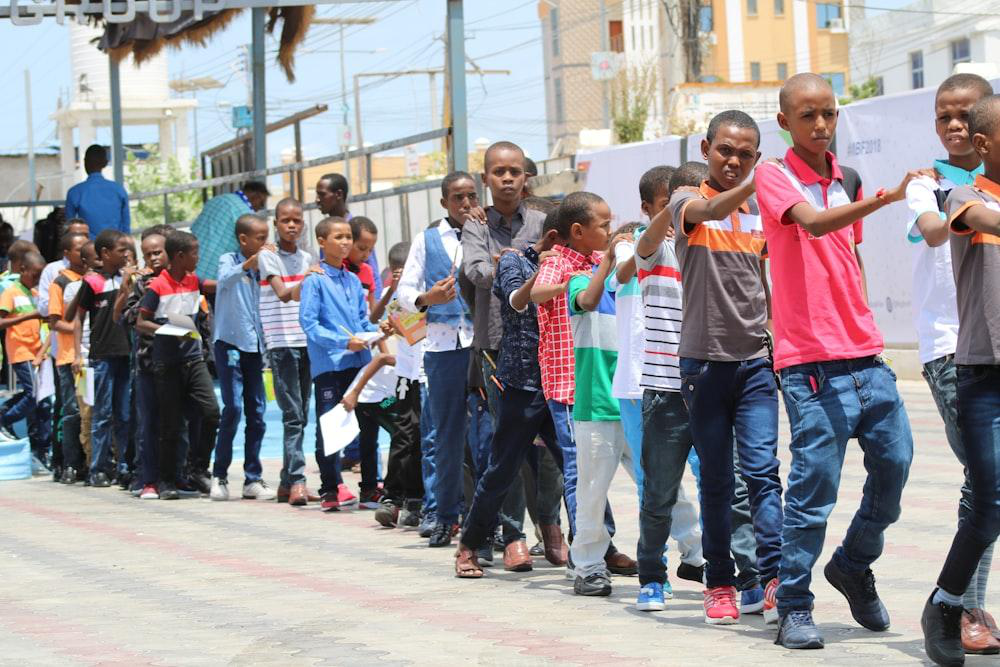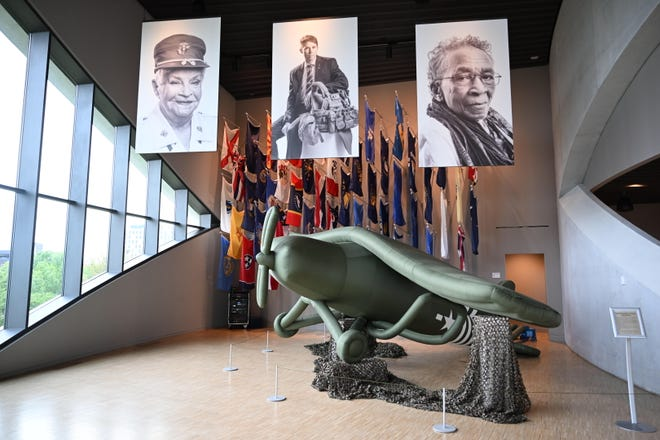Somali Community Faces Quite A Few Challenges In The U.S.
Many Somali immigrants who first came to the United States were students and people interested in pursuing their studies and furthering their academic careers. But most of the Somalis that came over to the U.S. arrived as Somali refugees trying to find a place to call home that wasn’t ridden with turmoil like the civil war in their native country.
Like other immigrant populations, Somali communities have battled to find their place in the world and sustain culture and traditions as they cope with the changing surroundings. They have encountered unique obstacles as African Muslims living in a period in history (post-9/11) when their faith is being questioned, and their homeland is making headlines due to Islamic terrorism and injustices. Somalis experience oppression in America, both as Africans and as Muslims.
Personal history is an important part of presenting the Somali story in the United States. Their stories depict the daily lives, individual responsibility, and decision-making behaviors of Somalis who fled East Africa, traveled to America, and established new lives here.
Rebuilding Lives
It can be perplexing to leave home in East Africa, travel hundreds of miles, and arrive somewhere in America. Coming here was difficult for several Somalian refugees, and they knew as soon as they got off the plane and stepped into the “Land of the Free” that everything would change, that nothing would be the same. Seeing all these various people is difficult enough, let alone blending in with them.
Although several Somali refugees have had similar experiences to other immigrants, many have undergone a distinct integration process due to numerous traumas. This includes a brutal civil war, having to spend time in unhygienic refugee camps as well as getting their entire community resettlement done.
When Somalis first came to the U.S., they experienced language and cultural hurdles, as did many other refugees. Many people arrived speaking different languages, including Somali, Arabic, and perhaps Swahili, French, or Italian. However, learning English has been hard, complicating the move to America. This makes it harder for them to get and keep jobs and converse as fluently as their fellow American brethren.

Somali seniors have had more trouble mastering English than Somali teenagers, introduced to the language at school and through mass culture. Many Somali seniors suffer from isolation due to the language issue, which can be a huge impediment to assimilating into a new culture.
Being A Somali Muslim In The U.S.
Many Somali refugees consider their Islamic faith an important aspect of their national identity. Somalis are one of the biggest Muslim groups in the United States, even though the state has traditionally been dominated by Protestants (particularly Lutheran) and Catholics.
Following their religion has brought about several difficulties. Muslims have to pray their daily prayers five times, and they fast in the holy month of Ramadan. Most schools and offices don’t have spaces allocated for them to pray. Muslim women dress modestly and often wear a hijab in public, for which they have encountered threats, beatings, and verbal abuse.
If you want to know more about the Somali community, check out The Somali Link Newspaper. We cover all topics ranging from finance funding to resettlement services etc. We also have sections where you can watch the latest news and sports and keep up with the entertainment industry.

































